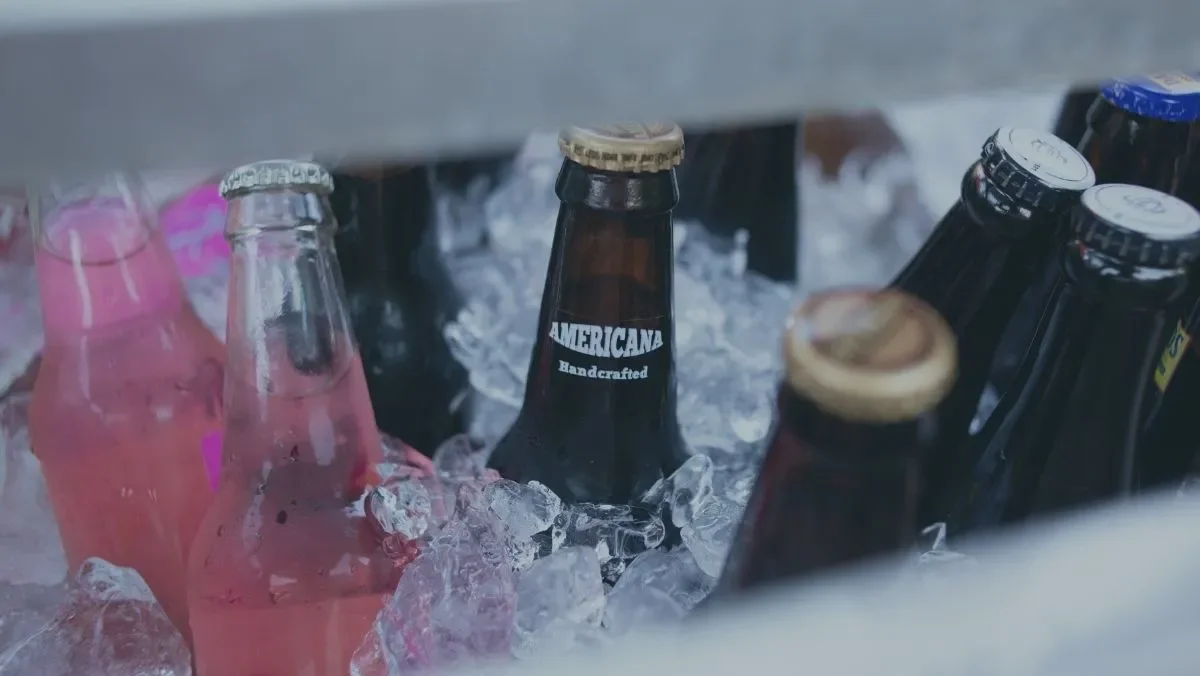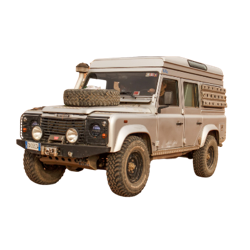What’s the first thing you can think of when you think “cold”? Winter, ice, the abominable snowman – YETI. There’s a reason why this brand is actually so popular – despite the fact that their products don’t exactly scream “uniqueness.” However, they are made to last, and their quality is known to be unmatched. But how are YETI coolers made? You might also wonder, where are YETI products made?
Straight to the point:
Are YETI Coolers Made in the USA?
People often ask “Is YETI Made in America?” or “Where are YETI Coolers made?”The answer is not that simple, but please see what the manufacturer has got to say about it:
“Our Tundra coolers are manufactured in the USA at facilities located in Iowa and Wisconsin as well as at a facility located in the Philippines. Our Hopper coolers and Rambler drinkware are manufactured in China.“
Have you ever wondered how they made these coolers to be of such a high quality? Do you ever think about the process or what it takes to make YETI coolers that sought after?
Well, you’re about to find out.
Brief History of YETI
YETI started off in 2006 from a passion shared by two brothers, Ryan and Roy Seiders. Both of them loved hiking, camping, and spending most of their time outdoors.
However, after a while, they came to realize that a simple cooler doesn’t cut it; the drinks don’t stay cool for long, the latches kept snapping, and the handles kept breaking.
Once they realized that durability was a great issue, they took the frustration and channeled it into creating a product of their own.
They didn’t want this to be the kind of one-time cooler you buy from a dollar store. It was meant to be a cooler that could be attacked by a bear – and survive.
They also had fishermen in mind when they made their first cooler. They thought that as long as the lid would stay in place when they would cast the lure, then it would definitely be a success.
When designing their first product, they didn’t do much research on the market; they only considered their own experience.
They looked at what worked for them and what didn’t. Looking for solutions to their frustration, they eventually came up with the Tundra 45 and Tundra 65.
Other cooler guides you may be interested in:
These Tundras came with everything: latches, thick insulation, heavy-duty hinges – everything to make sure that the ice stayed properly frozen in there for a prolonged time.
And considering they used so many premium products, their items were also fairly expensive. A simple cooler could be bought for as much as $700.
Still, many people believed the quality was worth the price considering how they are produced and what YETI coolers are made of.
Furthermore, they also made a name for themselves by promoting their products on social media – posting and updating continuously until their items rose high up in the search engine.
Soon enough, customers bought their products out of curiosity – and then realized that they are actually durable.
The design was generally nice-looking, appealing to the eye, and the more expensive coolers could keep the ice going for as long as eight days before requiring a change.
How Are YETI Coolers Made?
YETI coolers are made using rotomolding, which is the process of molding plastic into a particular shape.
Rotomolding basically stands for “rotational molding,” which means that you fill a mold with heated plastic and rotate it until you achieve an even plastic coat along the mold walls – forming the cooler’s body.
This is basically the technique used on kayaks when they want to achieve that seam-free result. So in short, YETI coolers are made of a form of plastic, but HOW they are made is the more important question, not what they are made of.

The process is generally compared with injection molding, which is similar to rotomolding – without the “roto” part.
Basically, you fill a mold with melted plastic, and once it has cooled down, you eject it.
This method is less expensive. But, at the same time, it does not maximize the strength of the corners and the joints.
These are generally more predisposed to wear and tear, which is why YETI chose rotomolding as their manufacturing process.
Some people think that their sturdiness and ability is some kind of magic – but in fact, it’s just science. The process starts with the shell made from plastic, molded through the rotomolding technique.
Considering that there are no seams, there are no actual weak points – meaning that it is very durable.
The materials used for latches and handles are also durable. Made to resist impact and wear, they use a lot of parts that were originally made for military use.
The latches for the Tundra and Roadie, for instance, are generally used on ATVs and the handles are usually made with military rope – the kind that resists any wear and tear.
As you can see, they were made to withstand abuse.
As for insulation, YETI uses 3 inches of pressure-injected polyurethane foam to make sure that the ice stays frozen.
Depending on the model, the ice should stay “iced” for at least a day and as much as 10 days.
Furthermore, instead of using a regular closing system, these products use a sealing system: air doesn’t go in, air doesn’t come out.
The polyethylene exterior also ensures that the cold is sealed in and that the heat from the outside will not affect the ice from the inside.
It will almost be like putting ice in the freezer; it will stay frozen for a very long time.
Where are Yeti coolers manufactured?
Yeti coolers are made in the USA, but they’re also manufactured in other places, namely the Philippines and China. For example the Tundra line of hard coolers are partly manufactured in the Philippines and partly in the USA, in Iowa and Wisconsin.
Where Are YETI Products Made?
There is a decent amount of confusion when it comes to the place where these coolers are made.
For example, their website says that the Tundras are made in the United States and the Philippines.
Wisconsin and Iowa have facilities which also sell these products; however, it is also believed that they are more retailers rather than manufacturers of the brand.
Similarly, the Hopper and Rambler line is said to be made in China – but there is no definite information regarding that either.
However, it is certain that most of their products are made in the USA while a small part is made overseas – in facilities run by YETI.
While YETI may run and create the designs in various facilities, they don’t really own one. The company works with third-party manufacturers that make the products for them – which is why they are so widespread outside the USA.
This is not unusual – a lot of big brands outsource their manufacturing but have stringent quality control processes in place.
Today YETI makes a wide range of products:
Final Thoughts
The process for making the YETI coolers is by no means easy. In a way, you could say it’s like glassblowing – only that they’re dealing with plastic.
This way, there will be no seams to break, and the end result is thick, durable, and sealed enough to ensure the coolness stays in.
It all started with an idea, a frustration, and a desire to make something durable. For that reason, the two brothers concluded that if military-grade parts were the answer, then the costs should not really be an issue.
After all, it’s a better investment to buy a unit that will last for years than to buy a new one every few months.
Hopefully, this guide made it clear to you why this brand is more expensive than others. Sure, budget brands are good for the moment – but when you need a cooler constantly, it makes sense to get a product that you know won’t get damaged after your first overlanding adventure.















